The regulatory storm surrounding DJI drones in the U.S. shows no signs of clearing, and Vice President JD Vance’s recent comments at the Artificial Intelligence Action Summit in Paris only reinforce the broader momentum against Chinese-made tech. While Vance did not explicitly mention China or DJI, his forceful warnings about subsidized foreign technology and authoritarian regimes closely align with the rhetoric used to justify ongoing U.S. restrictions, import bans, and legislative action targeting the world’s largest drone manufacturer.
AI and the U.S.-China Tech Divide
Speaking before European leaders, Vance issued stark warnings about national security threats posed by foreign technology.
“We’ve also watched as hostile foreign adversaries have weaponized AI software to rewrite history, surveil users, and censor speech,” he declared, adding that “authoritarian regimes have stolen and used AI to strengthen their military intelligence and surveillance capabilities, capture foreign data, and create propaganda to undermine other nations’ national security.”
The Vice President’s comments resonated with U.S. policymakers’ ongoing scrutiny of DJI. “I would also remind our international friends here today that partnering with such regimes never pays off in the long term,” Vance cautioned, specifically addressing concerns about “cheap tech in the marketplace that’s been heavily subsidized and exported by authoritarian regimes.” He concluded with a pointed warning that echoed Silicon Valley wisdom: “Should a deal seem too good to be true, just remember the old adage… if you aren’t paying for the product, you are the product.”
VP Vance’s statements resonate with U.S. policymakers’ ongoing scrutiny of DJI. The drone maker, headquartered in Shenzhen, has been accused of benefiting from Chinese government subsidies, undercutting competitors, and posing a national security risk due to alleged data-sharing vulnerabilities.

Regulatory Pressure and Tariff Concerns
DJI has already faced significant restrictions in the U.S. The company was added to the Commerce Department’s Entity List in 2020, limiting its ability to source American technology. In 2023, the National Defense Authorization Act (NDAA) expanded a ban on federal agencies procuring Chinese drones, directly impacting DJI’s market access. More recently, in September 2024, the U.S. House of Representatives passed the Countering CCP Drones Act, which, if enacted, would prohibit new DJI drones from being imported, marketed, or sold in the U.S.
Adding to the pressure, U.S. Customs and Border Protection (CBP) has detained DJI drone shipments under the Uyghur Forced Labor Prevention Act (UFLPA), requiring the company to prove its supply chain is free of forced labor. Meanwhile, calls for increased tariffs beyond the existing 25% duty on Chinese drones have gained traction, with bipartisan lawmakers pushing for steeper trade barriers to curb DJI’s dominance.
Market Impact and Competitive Landscape
DJI currently holds an estimated 77% share of the U.S. consumer drone market and dominates the commercial sector, particularly in public safety, agriculture, and infrastructure inspections. If the Countering CCP Drones Act moves forward or tariffs increase, American drone manufacturers such as Skydio and Teal could see a competitive boost. However, these companies have yet to match DJI’s cost-to-performance ratio (and secure battery suppliers in Skydio’s case), leaving a potential gap in the market.
National Security and Infrastructure Risks
U.S. officials, including the Pentagon and the Cybersecurity and Infrastructure Security Agency (CISA), have repeatedly warned about the risks of using DJI drones in critical infrastructure. Concerns center around potential vulnerabilities in Data Security, as DJI drones collect vast amounts of aerial imagery, sensor data, and location tracking information. While DJI has introduced privacy mode features and local data storage options, Washington remains skeptical.
READ MORE: NDAA 2025 Drone Provisions: Security Evaluation Could Lead to Automatic Ban of Chinese Drones
Future Outlook: More Barriers Ahead?
The headwinds against DJI appear to be intensifying. Beyond congressional action, the Biden administration has explored executive orders and further Commerce Department restrictions, which could make DJI’s continued operations in the U.S. even more difficult. Should the Senate advance the Countering CCP Drones Act or impose stricter import measures, DJI’s path in the U.S. market could face insurmountable hurdles.
For now, DJI continues to push back, denying allegations of state control and highlighting the economic impact of a ban on American drone operators. However, as JD Vance’s speech reflects, the political, regulatory, and trade-related obstacles confronting DJI are only growing stronger. Whether through legislative action, tariffs, or security-based bans, DJI’s reign over the U.S. drone market is facing its biggest challenge yet.
Featured photo courtesy of Forbes.
Discover more from DroneXL.co
Subscribe to get the latest posts sent to your email.
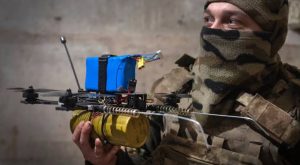
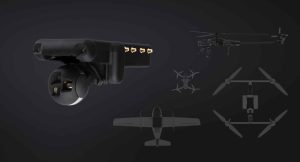
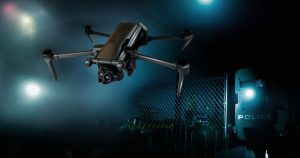
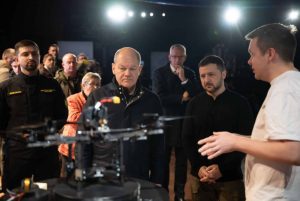

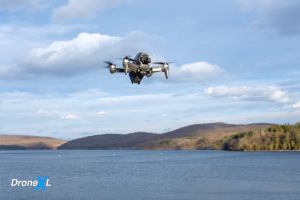
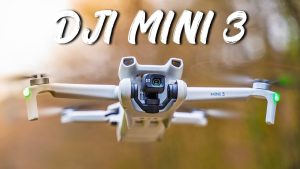

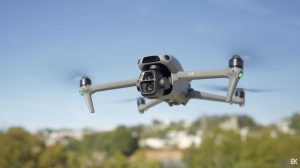

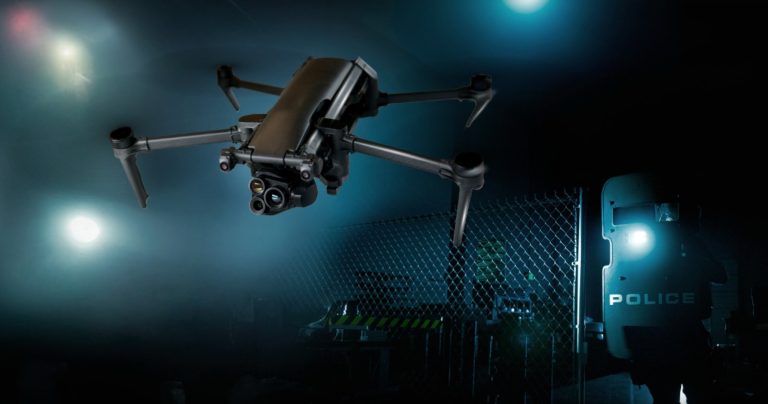
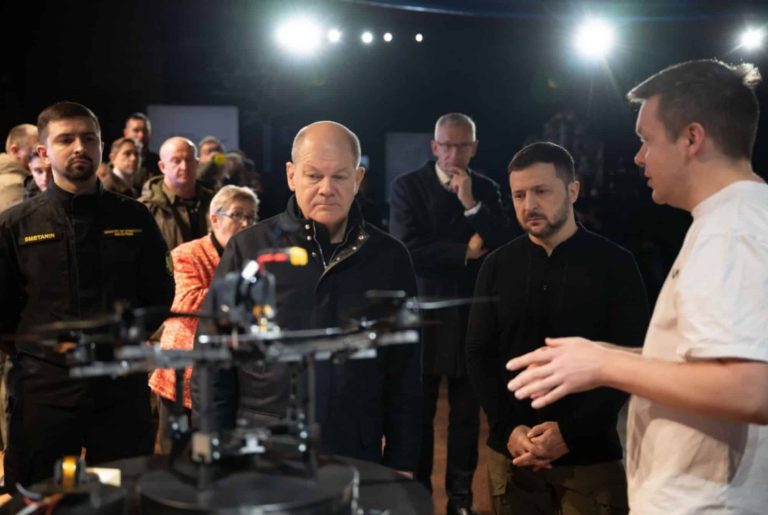
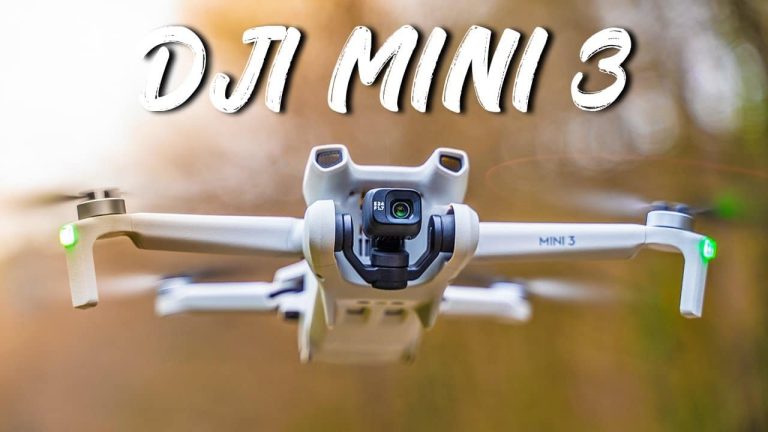
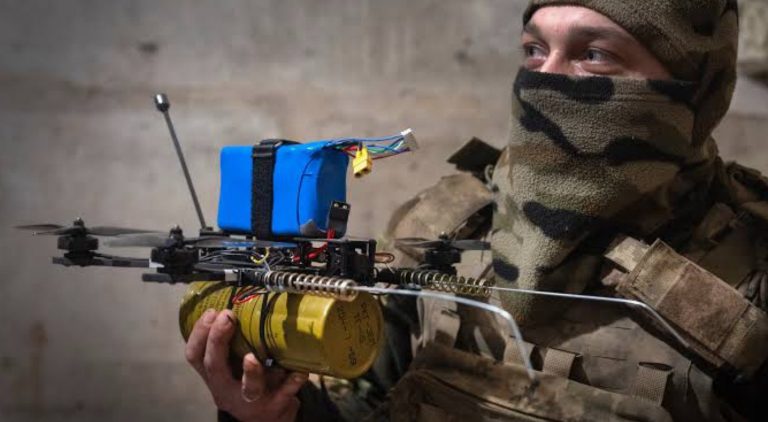
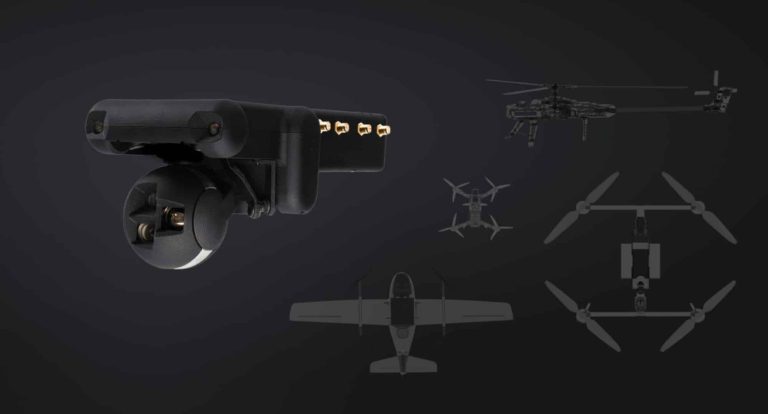
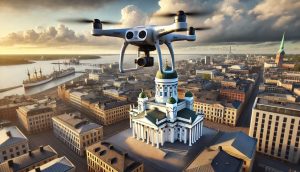


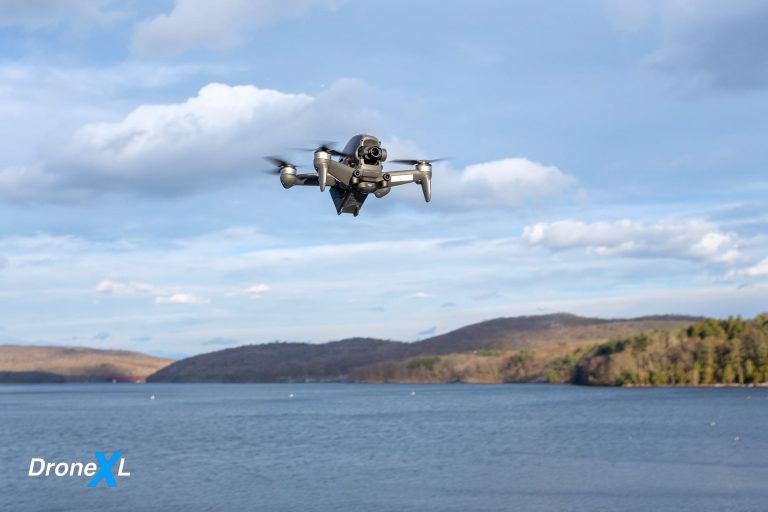

+ There are no comments
Add yours